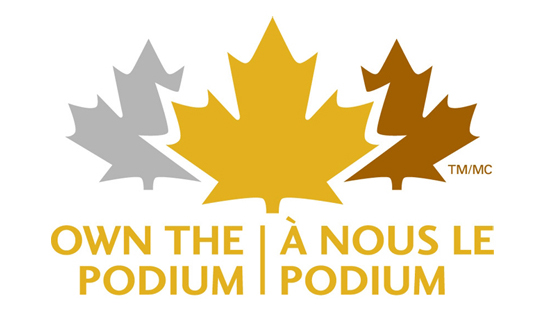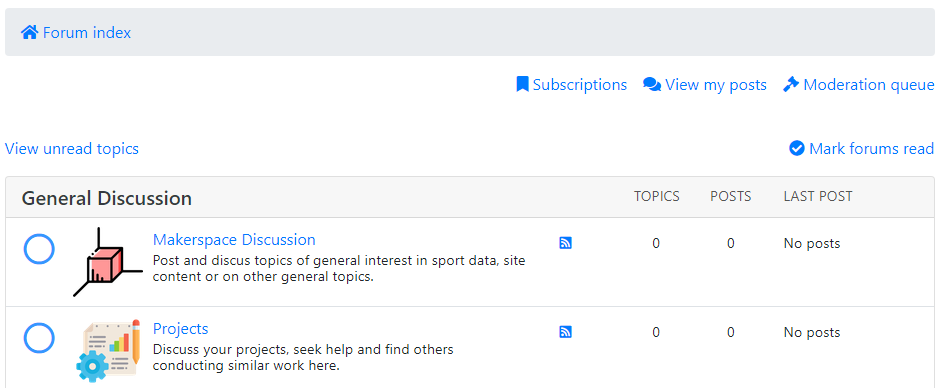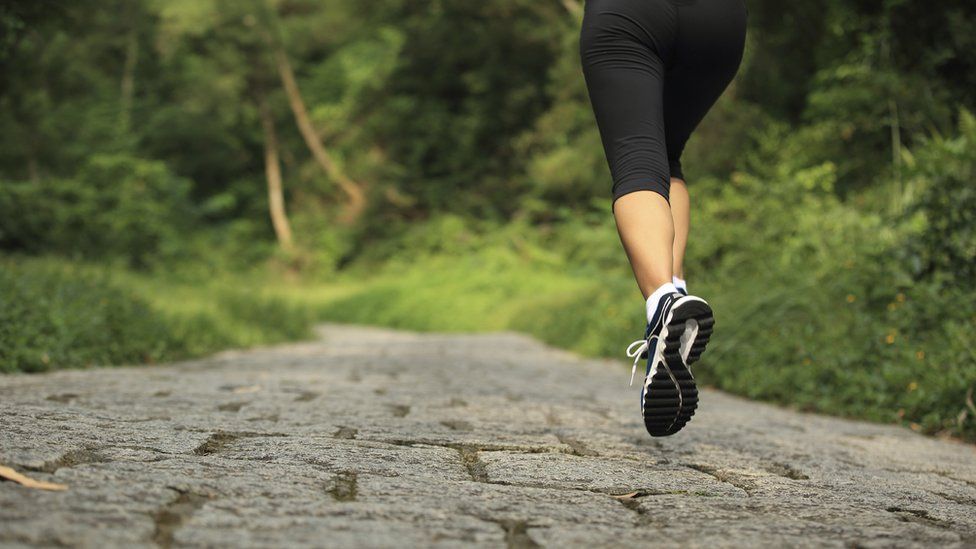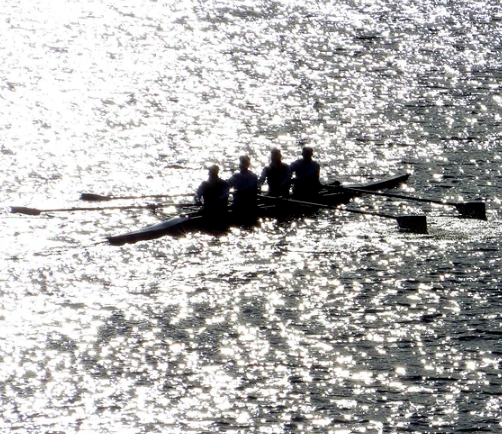Through the standardization of data collection, analysis and reporting practice and the creation of an environment of sharing and education, the Makerspace can allow for sensor use and knowledge to be shared nationally and across sport science disciplines and sports.
 This support for current sport science projects includes a sensor / tool library, ensuring that the optimal solutions are in place for collection, analysis and reporting as well as to extend the application of IMU and other sensor technology to many sports. Further, the development of this makerspace environment can also support innovation and research with other technologies including computer vision, analytics and data science education.
This support for current sport science projects includes a sensor / tool library, ensuring that the optimal solutions are in place for collection, analysis and reporting as well as to extend the application of IMU and other sensor technology to many sports. Further, the development of this makerspace environment can also support innovation and research with other technologies including computer vision, analytics and data science education.
Sign-up Today!
If you are a member of Canada's high performance sport community, you can sign up for access to the makerspace. Get started HERE.
New: Maker's Forum
 Introducing the new Sport Data Maker's Forum. This is the place where members of this new community of practice surrounding sensor data and analysis in sport come together. Practitioners, users and those looking to learn more about this area can start here. Ask and answer questions, discuss your projects, and site content here.
Introducing the new Sport Data Maker's Forum. This is the place where members of this new community of practice surrounding sensor data and analysis in sport come together. Practitioners, users and those looking to learn more about this area can start here. Ask and answer questions, discuss your projects, and site content here.
Find the new forum HERE.
Recent Posts and Articles

Running Accelerometry - A Starting Point
Here you will find links to other articles and resources foucused on the topic of running and gait analysis using IMU sensors. Using freely available libraries and tools in Python, R or Matlab, one can extract, report on and compare all sorts of performance and mechanically relevant metrics.

Introduction to a Real-world Implementation of Rowing Biomechanical Analysis
This is the first article in a series breaking down the process of generating metrics for cyclic sports using distinctive signal processing techniques. Here we look at the rowing stroke, and what metrics can be extracted from a combination of GPS and IMU data. The ADMOS sensor provides a single …